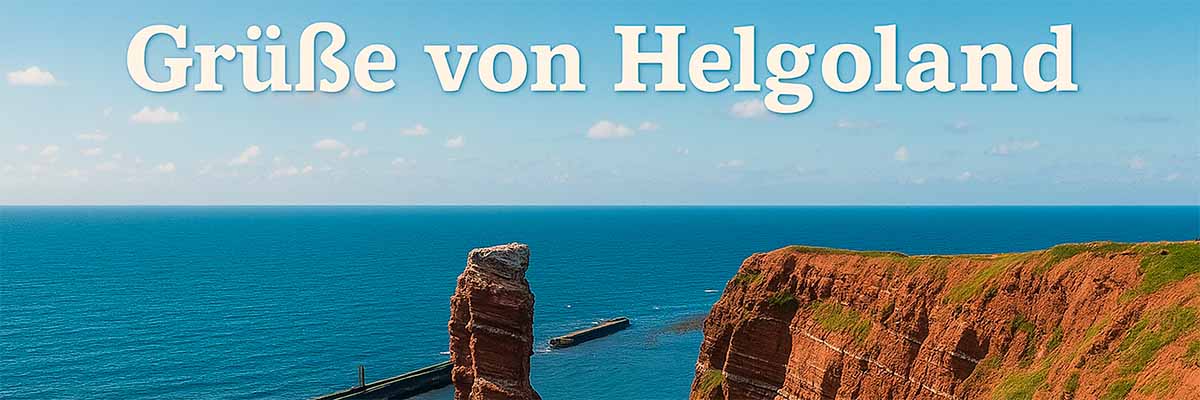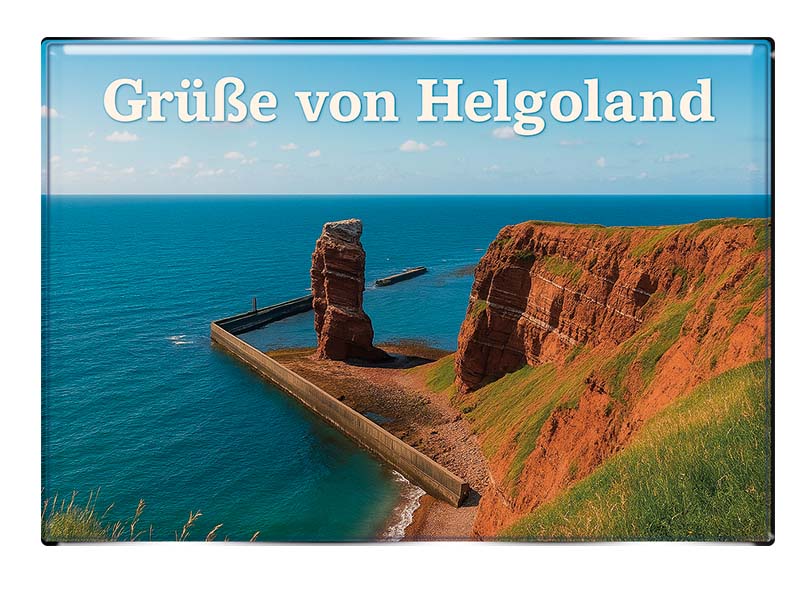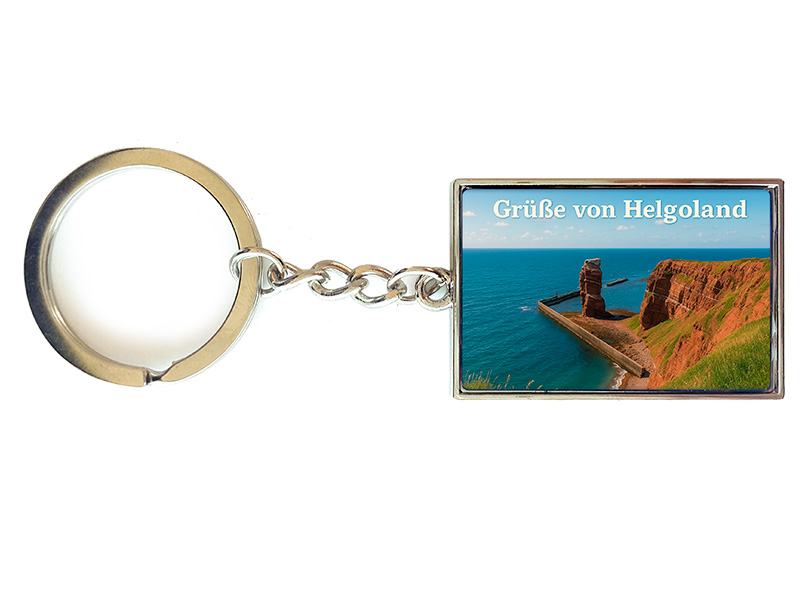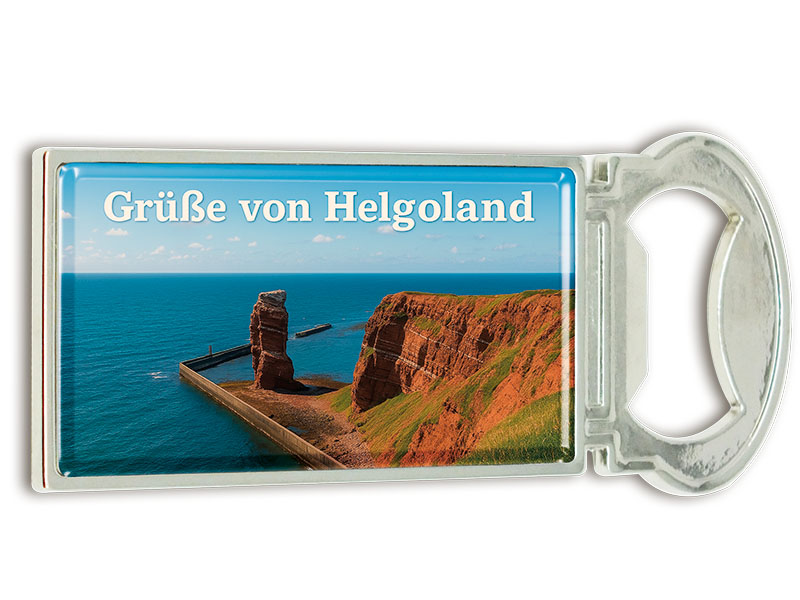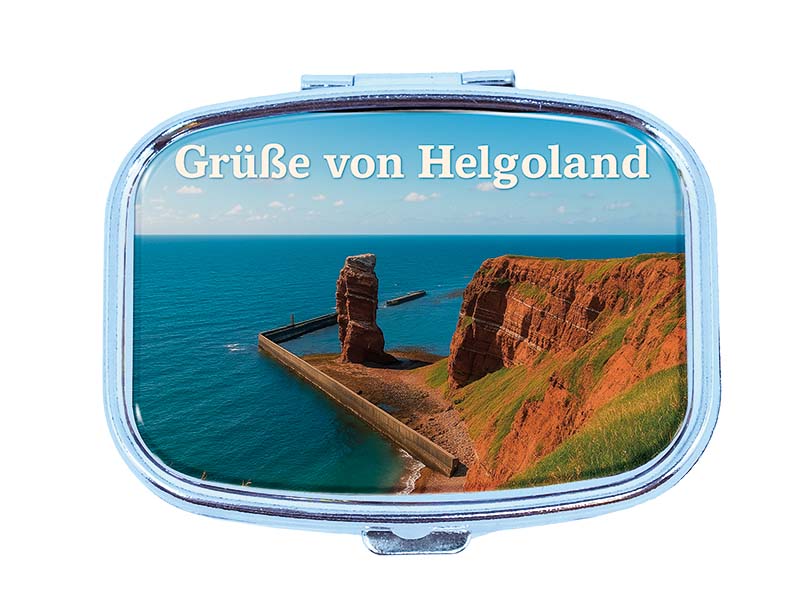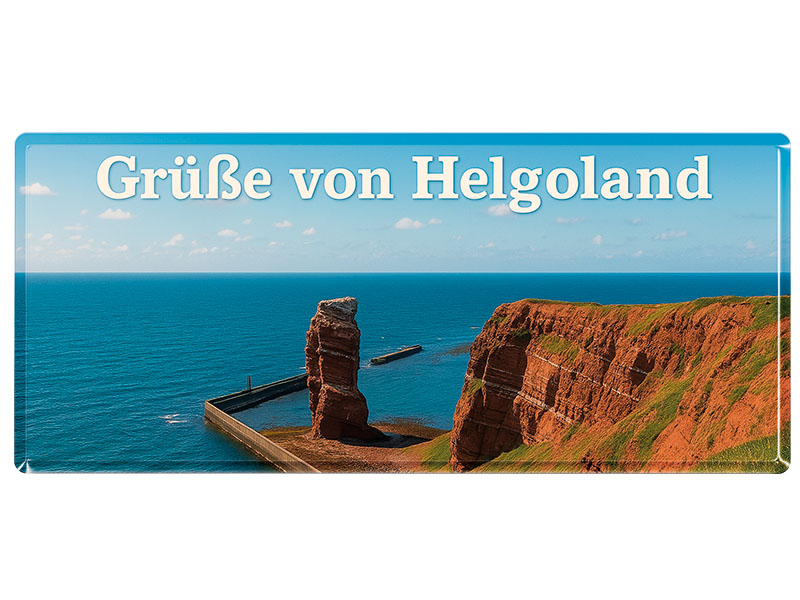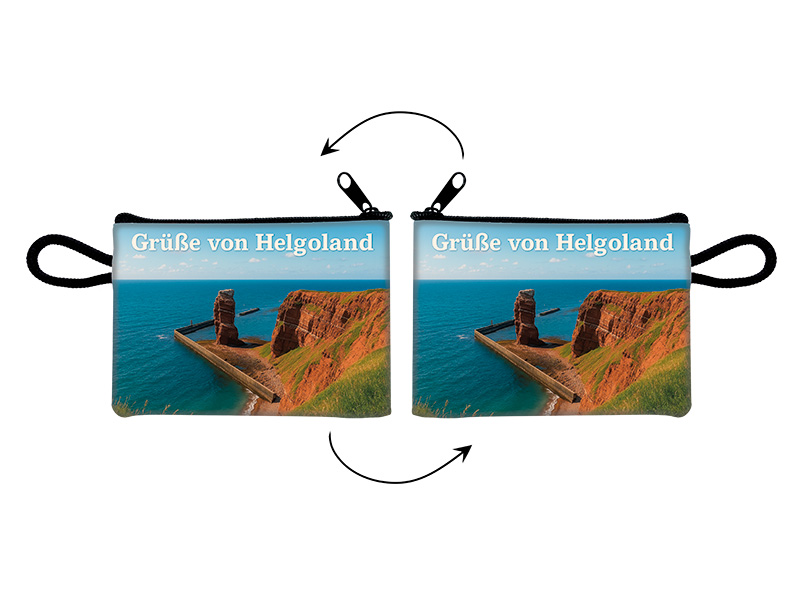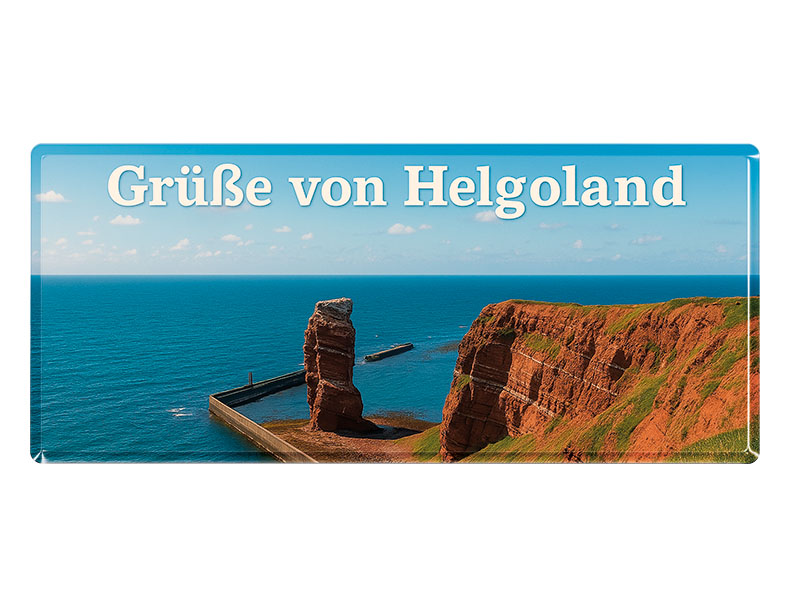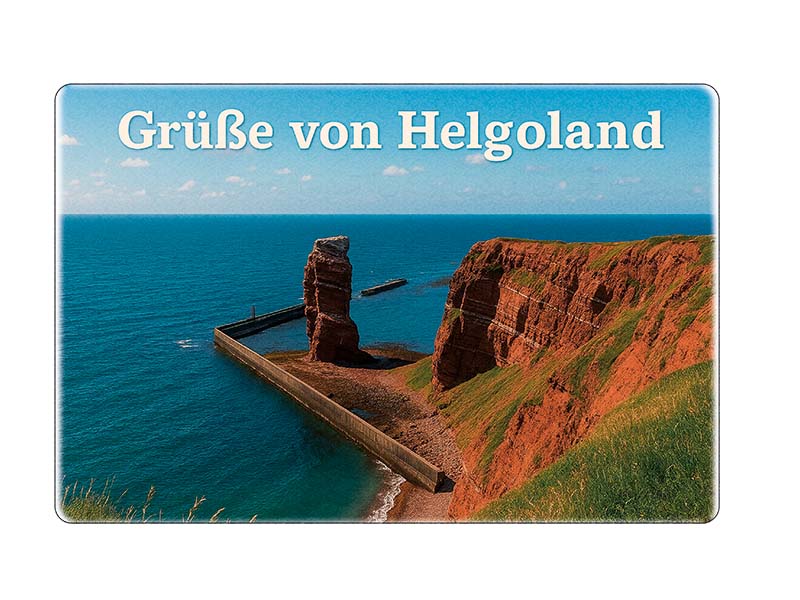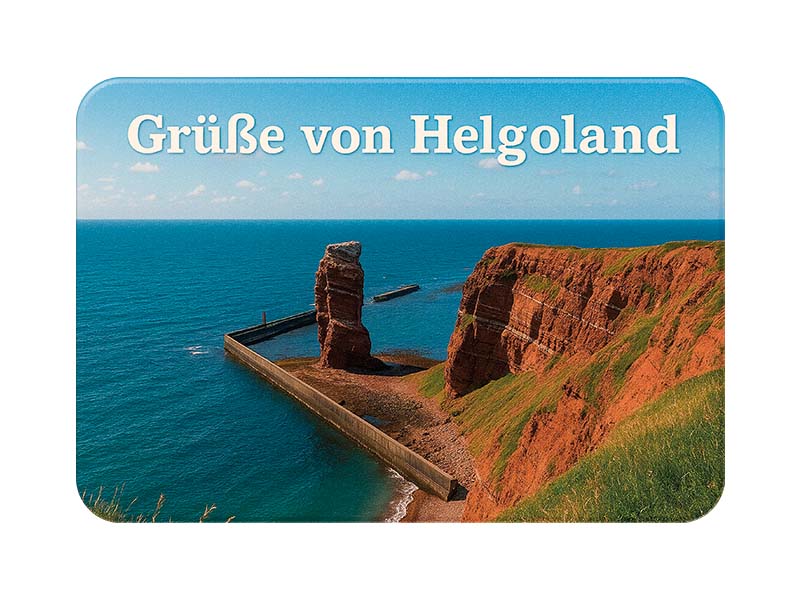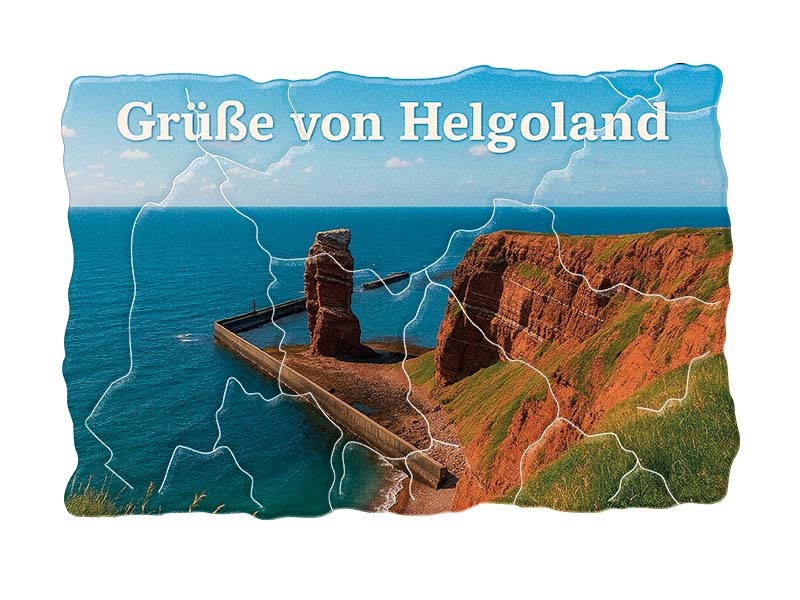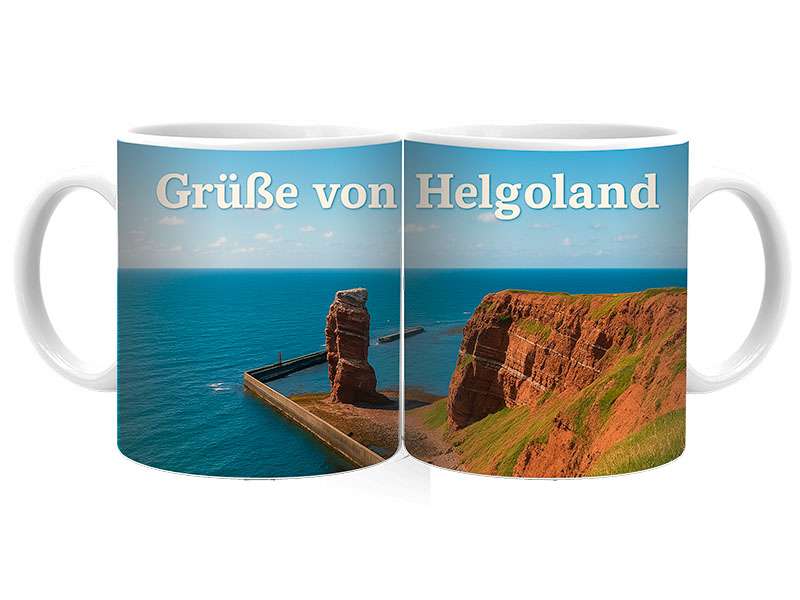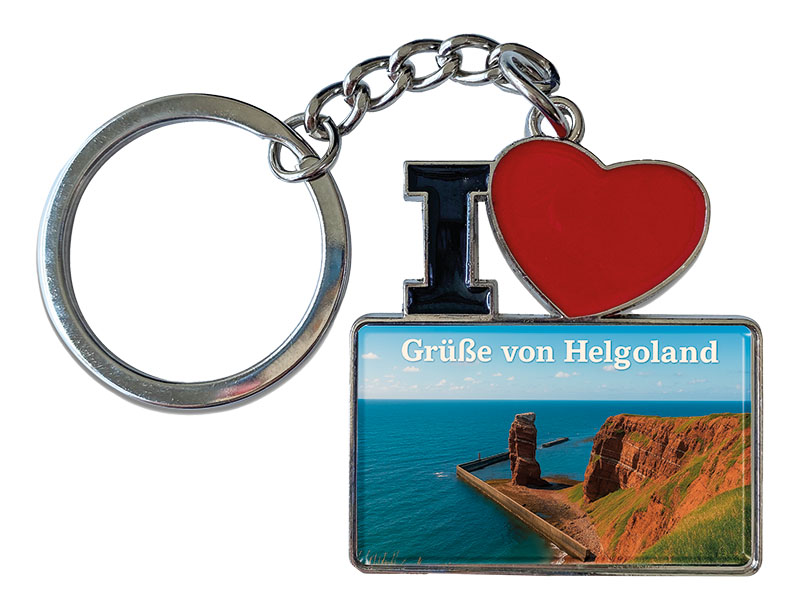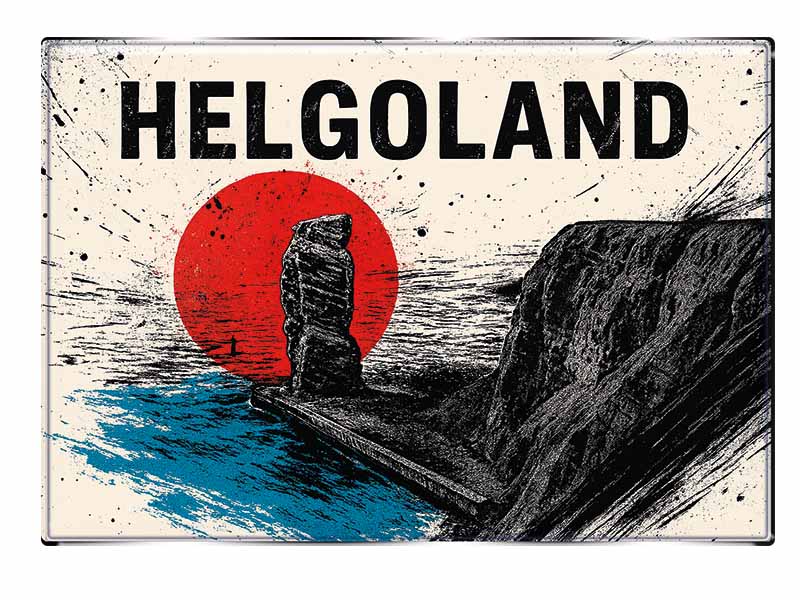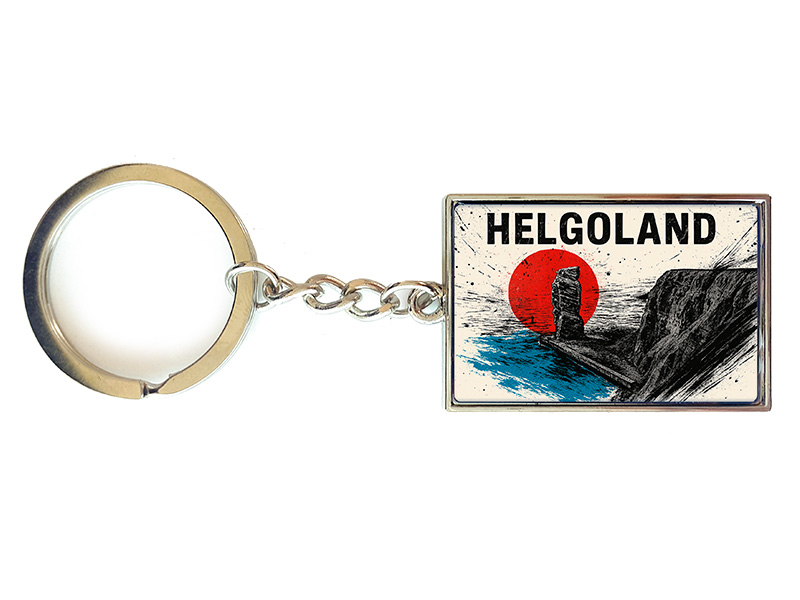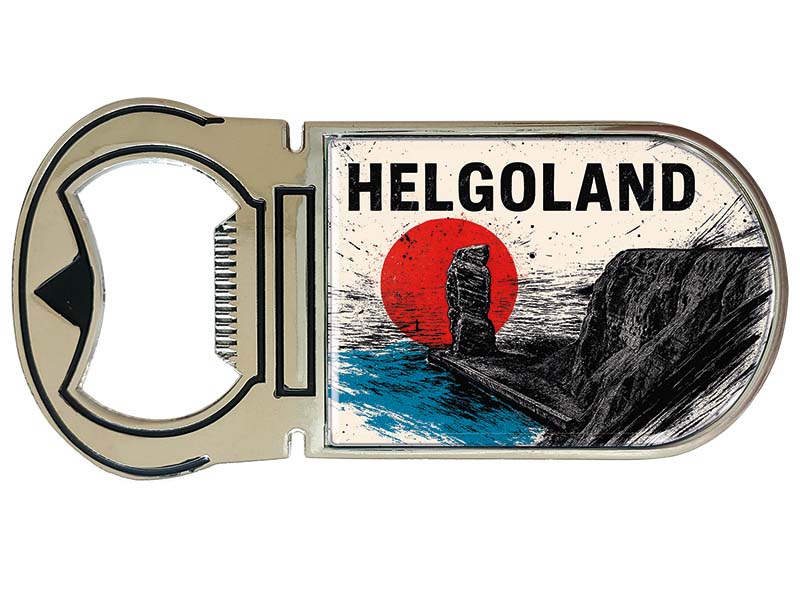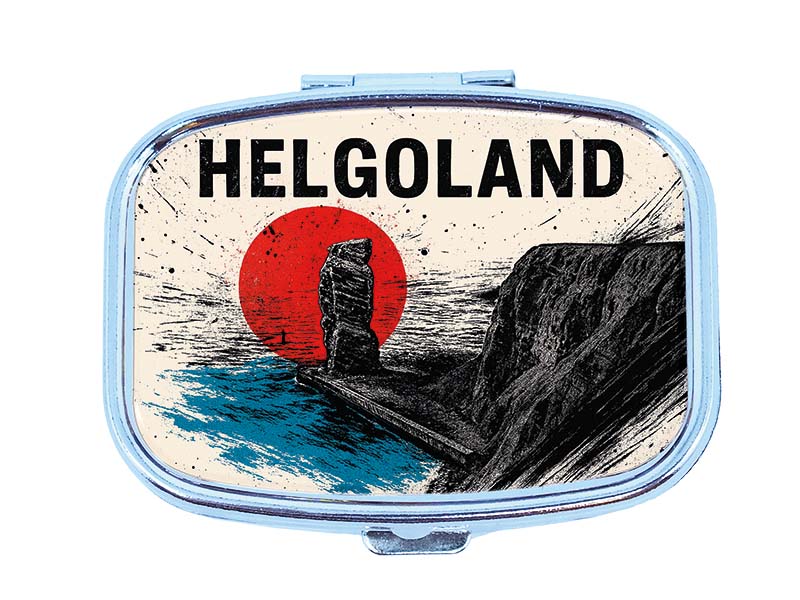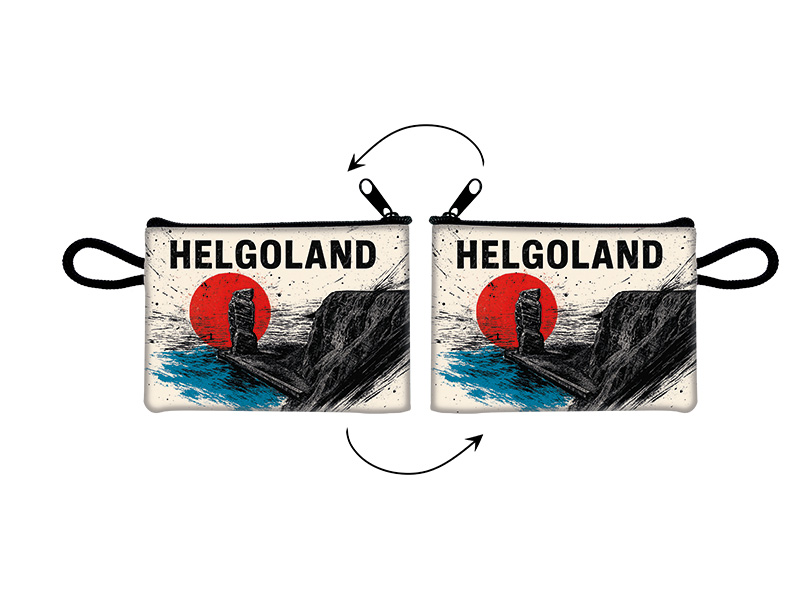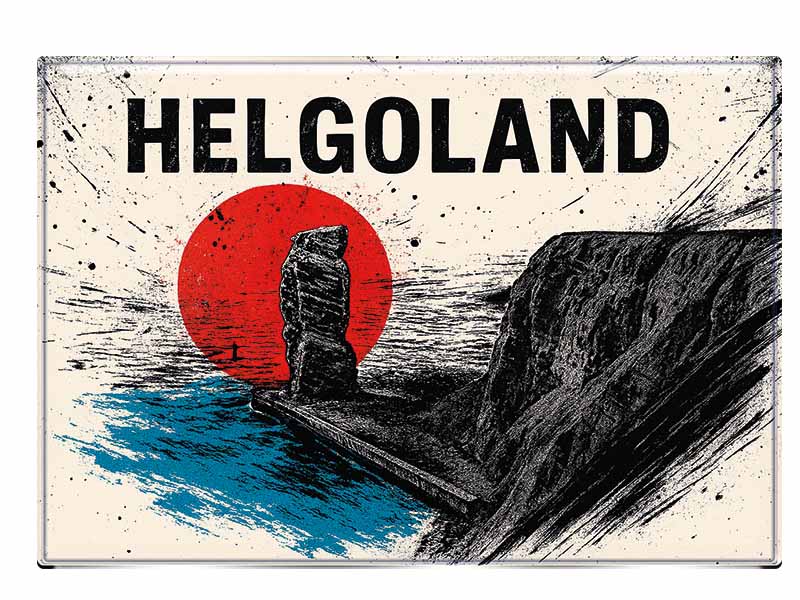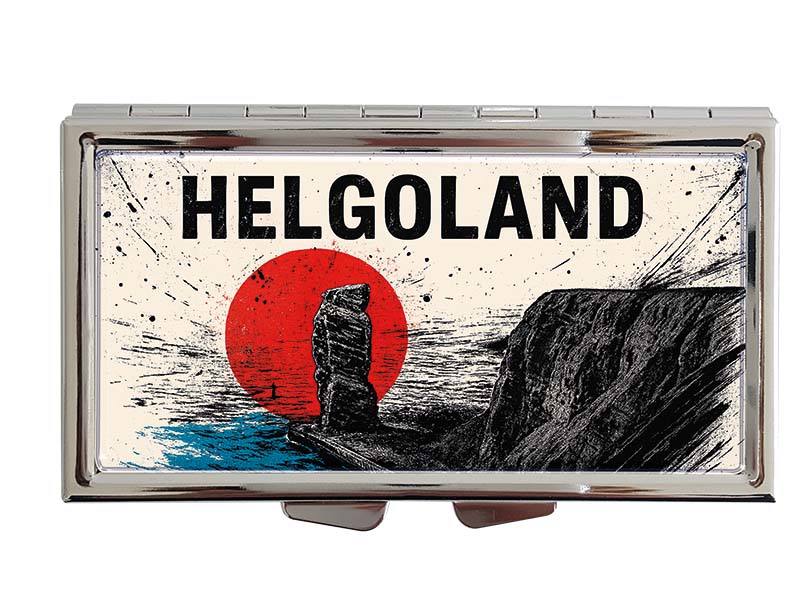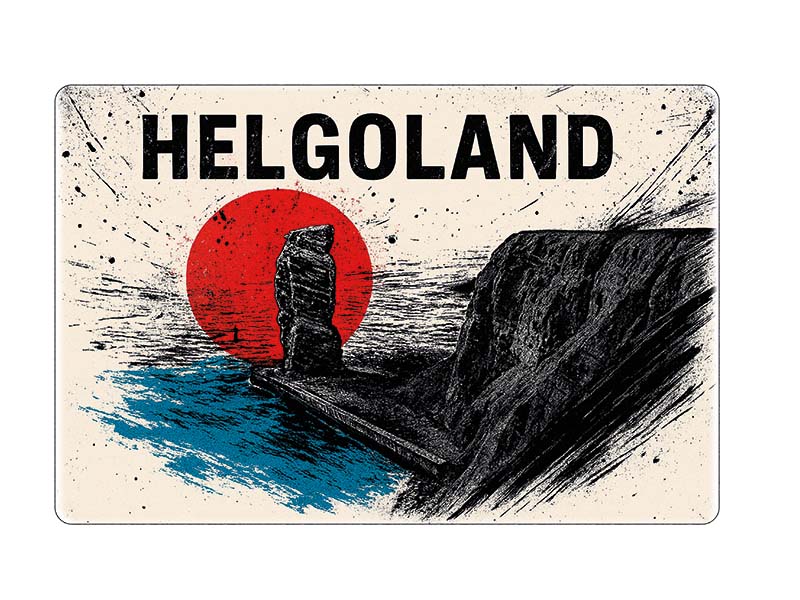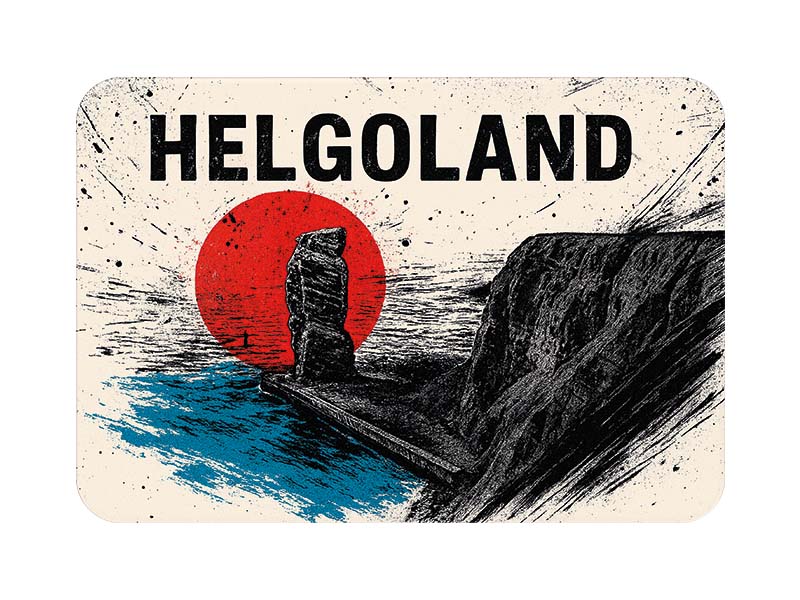- Vehicles
- Figures
- Witches
- Carnival
- Canvas
- Magnets
- Materials
- Maritime
- Hats
- New products
- Personalize
- Plush
- Dolls
- Collectible figures
- Keychain
- Special production
- %Special offers%
- Money boxes
-
Cities - Regions
- Bad Säckingen
- Bamberg
- Bayerischer Wald
- Berchtesgaden
- Berlin
- Bodensee
- Bremen
- Brocken
- Chiemsee
- Cochem
- Dinkelsbühl
- Dresden
- Eibsee
- Frankfurt
- Freiburg
- Gardasee
- Garmisch-Partenkirchen
- Hamburg
- Harz
- Heidelberg
-
Helgoland
- Insel Mainau
- Kleinwalsertal
- Koblenz
- Köln
- Königssee
- Leipzig
- Lübeck
- Mecklenburgische Seenplatte
- München
- Nürnberg
- Oberammergau
- Passau
- Potsdam
- Quedlinburg
- Regensburg
- Rothenburg
- Rügen
- Schwarzwald
- Stuttgart
- Sylt
- Titisee
- Traunsee
- Triberg
- Ulm
- Wernigerode
- Bags/Backpacks
- Textile
- Animal
- Subjects
More information? sign in.
More information? sign in.
More information? sign in.
More information? sign in.
More information? sign in.
More information? sign in.
More information? sign in.
More information? sign in.
More information? sign in.
More information? sign in.
More information? sign in.
More information? sign in.
More information? sign in.
More information? sign in.
More information? sign in.
More information? sign in.
More information? sign in.
More information? sign in.
More information? sign in.
More information? sign in.
Helgoland – Germany’s Only High Seas Island
Located in the middle of the German Bight in the North Sea, Helgoland is unlike any other island in Germany. Known for its dramatic red cliffs, unique natural beauty, and fascinating history, Helgoland stands out as Germany’s only high seas island. Though small in size, it offers a rich tapestry of culture, science, and tradition that makes it a truly special destination.
Geological Origins and Formation
Helgoland was formed around 65 million years ago during the Late Cretaceous period. The island consists mainly of red sandstone, a striking geological feature that sets it apart from the flat landscape of mainland northern Germany. This red sandstone is particularly visible in the island's most iconic landmark, the "Lange Anna" – a 47-meter-high sea stack on the northern tip of the island.
Over millennia, Helgoland was shaped by erosion and storm surges. Once part of a larger landmass, the island gradually shrank to its current size. Today, Helgoland consists of two parts: the main island, with its Upper, Middle, and Lower Land, and the nearby Düne ("Dune"), a flat sandy island separated from the main island by a storm surge in 1721.
Location and Federal State
Helgoland lies about 70 kilometers (43 miles) off the German mainland in the North Sea. It belongs to the federal state of Schleswig-Holstein, specifically to the district of Pinneberg. Geographically, Helgoland is notable for lying outside the 12-nautical-mile zone, making it Germany’s only offshore island in the high seas.
The main island covers roughly 1.0 square kilometer, while the Düne adds another 0.7 square kilometers. Despite its small size, the island packs in a remarkable amount of natural beauty and cultural significance.
Population
Helgoland is home to around 1,300 residents (as of 2024). The population has remained relatively stable in recent years. Many islanders are employed in tourism, marine biology, fishing, coastal protection, or the healthcare and wellness industry.
In addition to High German, a unique dialect known as Helgoland Frisian (Halunder) is still spoken by some residents – a branch of the North Frisian language family that’s actively preserved and promoted by the community.
A Rich and Tumultuous History
Helgoland has a fascinating and complex history. It originally belonged to Denmark and later to Holstein. In 1807, during the Napoleonic Wars, the island was occupied by the British Navy and later became part of the British Empire.
In 1890, the island was ceded to Germany under the Heligoland–Zanzibar Treaty, in exchange for British influence in parts of East Africa. From that point on, Helgoland became German territory.
During World War II, the island was heavily fortified and used as a military base. In 1945, massive bombing raids by the Allies severely damaged Helgoland. The British used the island for weapons testing and detonated one of the largest non-nuclear explosions in history in 1947 to destroy the remaining bunkers.
The civilian population was evacuated during the war and only allowed to return in 1952. Much of the island had to be rebuilt from scratch, and the resulting architecture still reflects the post-war period.
Sights and Attractions
Helgoland offers a wide range of natural and historical attractions despite its compact size:
-
Lange Anna: The iconic sea stack and a symbol of Helgoland.
-
Lummenfelsen (Guillemot Rock): Germany’s smallest nature reserve, home to rare seabirds like northern gannets, guillemots, and razorbills.
-
Cliff Trail: A scenic walking route around the Upper Land with breathtaking views of the North Sea.
-
Helgoland Museum: Displays the island’s natural history, culture, and maritime legacy.
-
Underground Bunker Tours: Guided tours through the WWII-era bunkers offer a glimpse into the island's wartime past.
-
The Düne: A small adjacent island with white sandy beaches, turquoise waters, and wild seals and grey seals resting on the shores.
Tourism and Visitors
Helgoland is a popular tourist destination, especially during the warmer months. Each year, approximately 350,000 to 400,000 visitors make their way to the island – many as day-trippers arriving by ferry from Cuxhaven, Bremerhaven, Hamburg, or Wilhelmshaven.
One unique feature that draws visitors is Helgoland’s duty-free status. As the island is not part of the EU customs area, visitors can shop tax-free for perfumes, alcohol, tobacco products, and luxury items.
Helgoland is also a health resort, thanks to its clean air, low pollen count, and iodine-rich sea breeze. Many people with respiratory conditions come here for rehabilitation and rest.
Famous People
Though small in population, Helgoland has been home or host to some notable individuals:
-
August Heinrich Hoffmann von Fallersleben wrote the "Song of the Germans" (Das Lied der Deutschen) on Helgoland in 1841. Its third stanza is now the national anthem of Germany.
-
James Krüss (1926–1997), one of Germany’s most beloved children’s authors, was born on Helgoland. His books, such as "The Lighthouse on the Lobster Cliffs", are deeply inspired by island life and remain popular to this day.
-
In more recent times, several artists, nature photographers, and marine researchers have lived or worked on the island, but few celebrities live there permanently.
Local Cuisine and Drinks
As expected from an island in the North Sea, Helgoland’s cuisine is strongly influenced by seafood and regional Northern German traditions:
-
Helgoland Lobster is a local delicacy. Freshly caught during summer months, it’s served in gourmet dishes or sold preserved.
-
Knieper (crab claws) are another island specialty, often enjoyed with mustard sauce.
-
North Sea fish like plaice, mackerel, cod, and pollock are served fried, grilled, or smoked.
-
Helgoland Labskaus, a hearty dish of corned beef, potatoes, beetroot, and pickled herring, is both traditional and filling.
-
Popular drinks include strong black tea in East Frisian style, local craft beers, and herbal liqueurs, such as Knieper-Likör, named after the famous crab claws.
Typical Souvenirs
Visitors to Helgoland love taking home unique gifts and mementos that reflect the island’s maritime heritage:
-
Amber jewelry: Baltic amber is crafted into beautiful necklaces, earrings, and bracelets.
-
Helgoland lobster products: Canned or preserved lobster for gourmet souvenirs.
-
Books by James Krüss: His illustrated stories and poetry are wonderful gifts, especially for children.
-
Maritime decorations and ceramics: Items featuring lighthouses, seabirds, and ocean motifs.
-
Duty-free goods: Perfume, spirits, and cigarettes are popular, though subject to personal import limits.
Conclusion
Helgoland is a place of contrasts: wild yet peaceful, isolated yet historically significant, traditional yet forward-looking. Its dramatic red cliffs, vibrant seabird colonies, fresh sea air, and rich cultural history make it a one-of-a-kind destination in Germany.
Whether you're coming for a day trip, a wellness retreat, or to dive into its fascinating past, Helgoland leaves a lasting impression. It’s more than just a rocky outpost in the North Sea — it’s a symbol of endurance, identity, and natural beauty.


